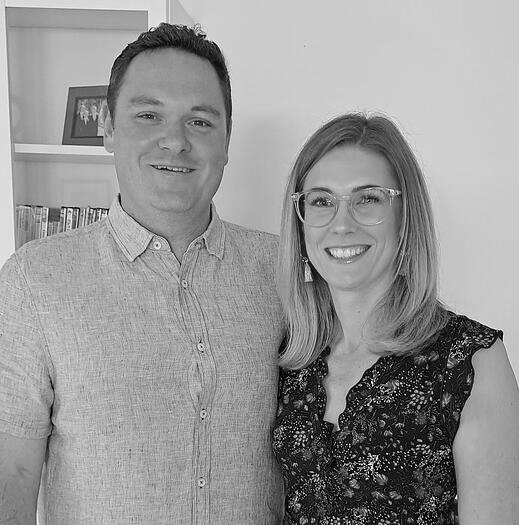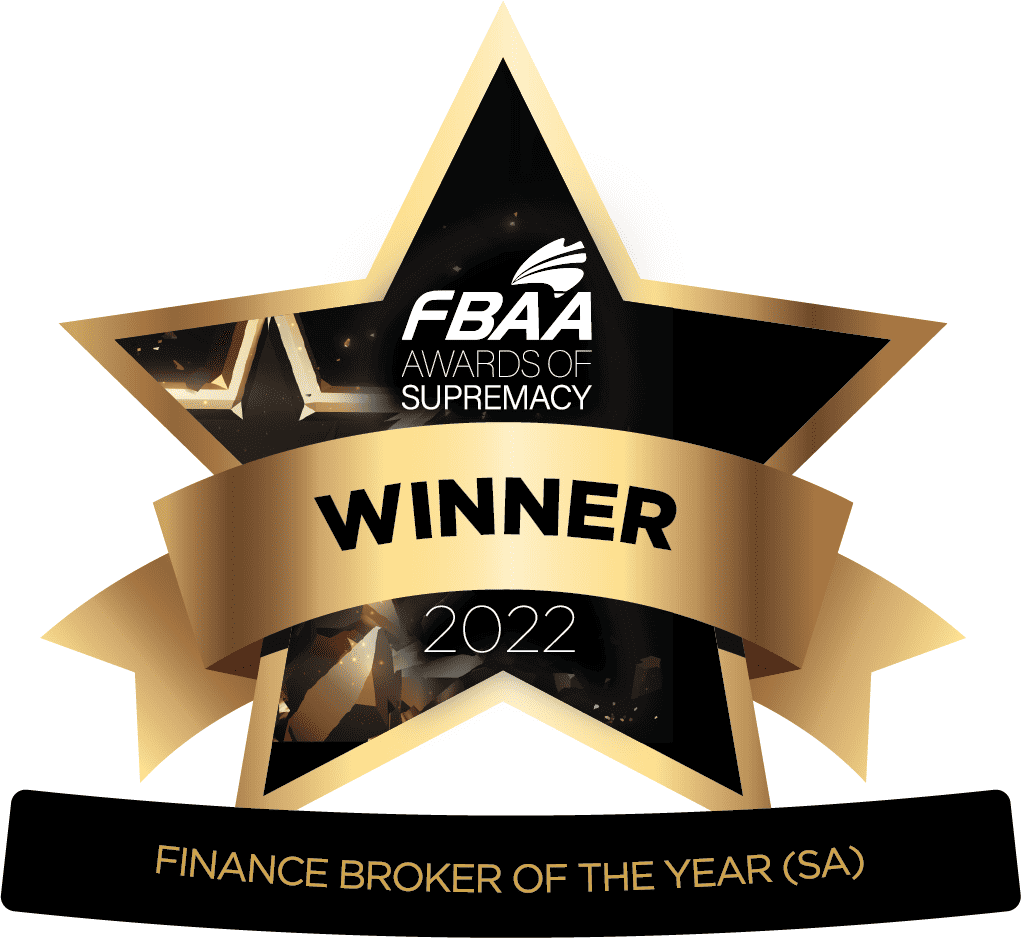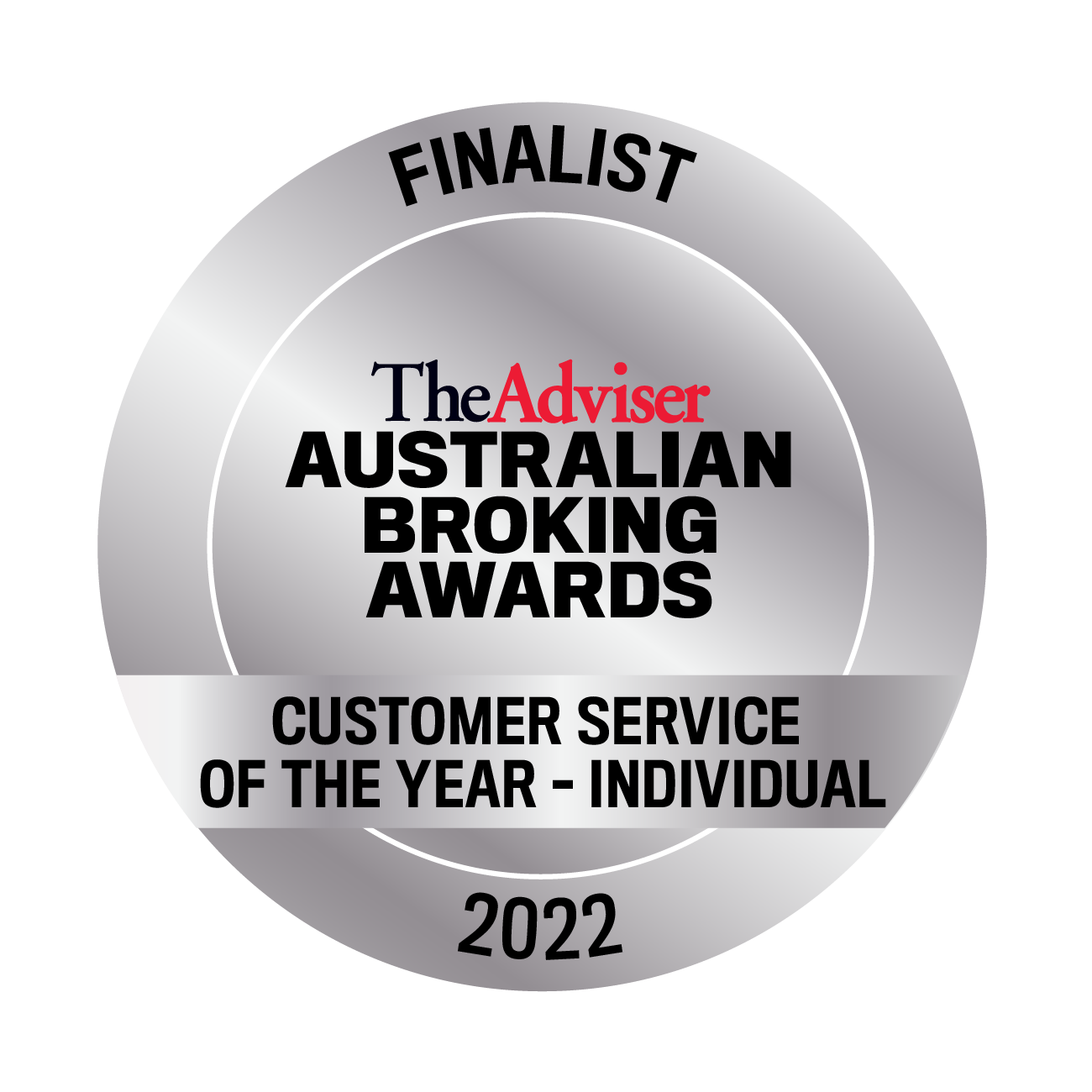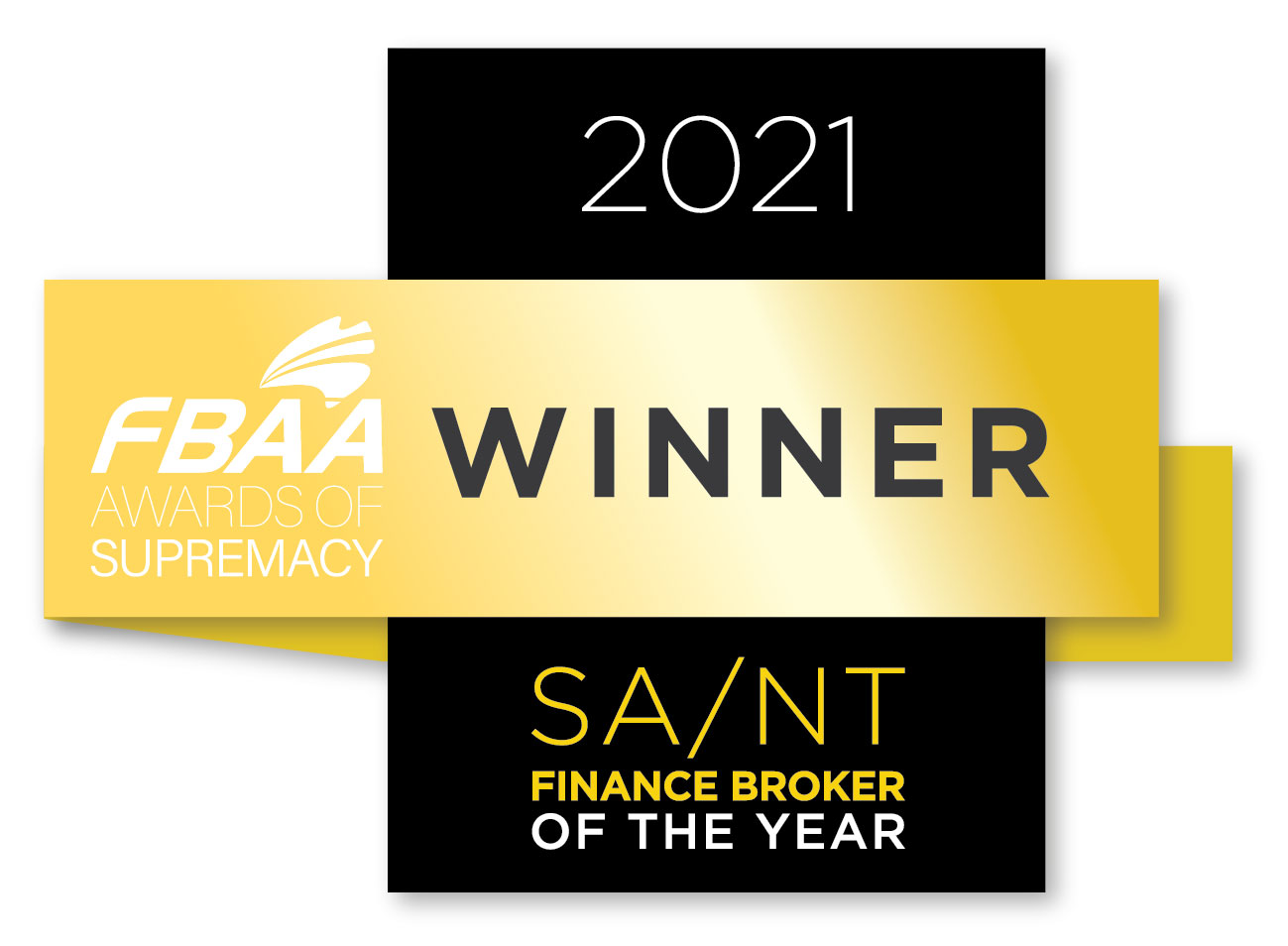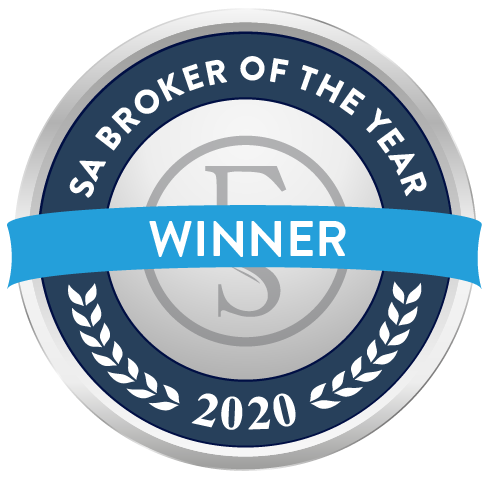
Understanding Debt Recycling and Its Benefits
Debt recycling is an innovative financial strategy that offers the potential to transform your home loan from a financial burden into a wealth-building tool. At its core, debt recycling involves converting non-deductible mortgage debt into tax-deductible investment debt, thereby enhancing your investment portfolio while simultaneously working towards financial independence. This approach can be particularly beneficial for homeowners who are keen on optimising their financial resources without waiting to become debt-free.
The primary advantage of debt recycling is its ability to turn your home loan into a tax-efficient investment vehicle. By reallocating funds that would traditionally go towards reducing the principal of your mortgage, you can invest in assets that generate income. As these investments produce returns, you can use the proceeds to pay down your mortgage faster, creating a virtuous cycle of debt reduction and wealth accumulation. This not only accelerates the timeline for paying off your home loan but also increases your potential for future financial gains.
Transforming Home Loans into Tax-Deductible Investments
The magic of debt recycling lies in its ability to turn “bad debt” into “good debt”. Traditionally, a home loan is considered bad debt because it does not generate income. However, by using debt recycling, you can establish a separate investment loan facility, effectively converting a portion of your home loan into tax-deductible investment debt. This means that the interest you pay on the investment debt can be claimed as a tax deduction, providing a financial benefit each year.
For example, if you pay off a portion of your home loan, say $30,000, you can take that amount and create an investment loan of the same value. This investment loan can be used to purchase income-producing assets such as shares, property, or other investments. The income generated from these investments can further enhance your financial standing, while the tax deductions reduce your overall tax liability. With the right strategy, Crown Money can help you effectively navigate this transformation and maximise your financial outcomes.
Practical Steps to Implement Debt Recycling
Implementing debt recycling requires a strategic approach and a clear understanding of your financial situation. The first step is assessing your current home loan and creating a plan to pay it down efficiently. By increasing your savings rate and reducing unnecessary expenses, you can allocate more funds towards your mortgage, paving the way for debt recycling.
Once you’ve made significant progress on your home loan, consider setting up a separate investment loan facility. This allows you to withdraw funds from your paid-off mortgage portion without incurring additional interest until they’re used for investments. It’s crucial to maintain clear records of these transactions, as tax implications are based on the purpose of the funds, not the security property. Crown Money advises creating separate splits for each investment to ensure transparency and simplify tax reporting.
Enhancing Your Savings Rate for Greater Financial Gains
A key component of successful debt recycling is boosting your savings rate. Your savings rate, or the percentage of your income that you retain, directly influences how quickly you can pay down your mortgage and convert it into investment debt. To increase your savings rate, start by tracking your income and expenses meticulously. Identify areas where you can cut costs, such as dining out less frequently or renegotiating utility bills.
Crown Money suggests focusing on habit changes that lead to long-term savings. For instance, automating savings can ensure a portion of your income is directed towards paying down your mortgage each month. Additionally, periodically reviewing your financial goals and adjusting your budget can help you stay on track and improve your savings rate over time. Remember, it’s not about how much you earn, but how much you save that truly matters.
Reducing Loan Interest with Smart Strategies
As part of the debt recycling process, reducing the interest on your home loan is crucial. Start by reviewing your mortgage terms and negotiating with your lender for a better rate. Even a slight reduction in interest can lead to substantial savings over the loan’s lifespan. Consider making extra repayments whenever possible, as this directly reduces the principal amount and, consequently, the interest payable.
Debt recycling also offers the opportunity to reduce interest costs through tax deductions on investment debt. As you convert your home loan into an investment loan, the interest on that portion becomes tax-deductible. This can significantly lower your overall interest expense, allowing you to redirect savings towards further debt reduction or additional investments. Crown Money can provide tailored advice on how to optimise these strategies for your unique financial situation.
Insights from Crown Money for Long-Term Success
At Crown Money, we believe that debt recycling can be a powerful tool for achieving long-term financial success. Our experts emphasise the importance of a strategic approach tailored to your individual circumstances. By understanding your financial goals and working with professionals, you can make informed decisions that align with your vision for the future.
To get started on your journey towards financial independence, we invite you to book a consultation with one of our specialists. Visit our website for more information and resources, or listen to our latest Spotify episode where we delve deeper into the nuances of debt recycling and share real-life success stories. Take control of your financial future with Crown Money and unlock the potential of your home loan today.







